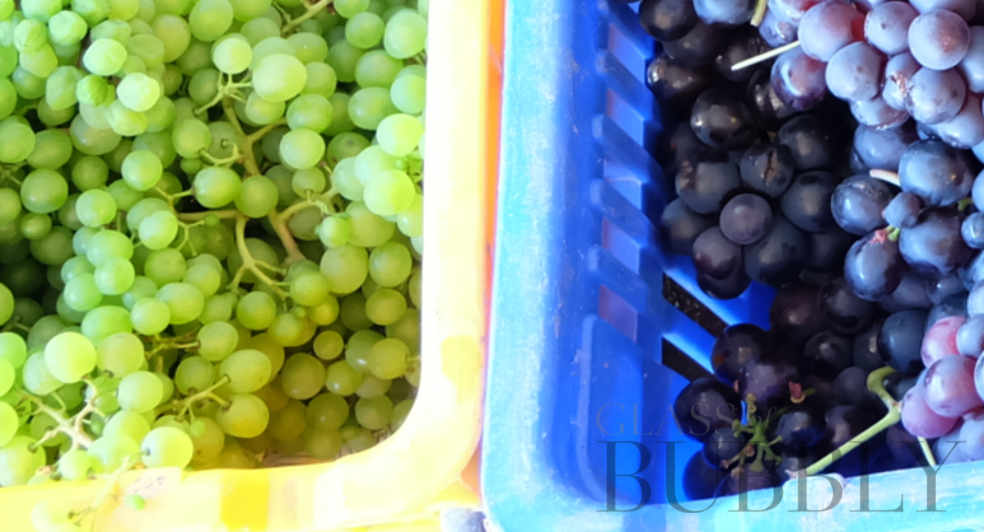What You Need to Know to Start Making Wine at Home
19th March 2025

Is wine your passion? Have you ever thought about making your own? Home wine-making is not only a fun and rewarding hobby but also a great way to save money.
You may have heard stories of wine enthusiasts spending hours producing nothing better than vinegar. However, with the help of wine-making kits, crafting quality wine at home isn’t as difficult as it seems.
Once you master the basics, you can experiment with different flavours and create unique blends to suit your palate.
Sounds exciting? Here’s what you need to get started.
Decide Which Wine You Want to Make

Choosing one of the many wine making kits available on the market can be difficult. Deciding which type of wine you want to make can help make that decision easier. That is because different kits are designed to make different kinds of wine. They include a juice concentrate that you use to create your desired type of wine. Juice concentrate is available for all popular wine varieties such as Sauvignon Blanc, Pinot Grigio, Chardonnay, etc.
Juice concentrate is essentially grape juice derived from carefully selected grapes, processed to preserve its natural sugars and acidity. It plays a crucial role in determining the wine’s flavour, aroma, and body. Unlike fresh grapes, which can vary in quality from season to season, juice concentrates ensure consistent and predictable results.
There are two main types of juice concentrate: fully concentrated grape juice and partially concentrated grape juice. Both require water to make a standard 5 to 6-gallon batch of wine. Some kits, however, contain 100% grape juice, eliminating the need for water addition.
Things that Should Come With Basic Kits
To be able to make wine at home, there are some basic equipment you will need. They include:
Wine Fermenter
A fermenter is usually a food-grade plastic container with a cover that accommodates an airlock. If your kit is designed to produce six gallons of wine, the fermenter should have a capacity of 7–8 gallons to allow space for foaming during primary fermentation.
Avoid reusing food containers as fermenters, as residual food aromas and flavours can soak into the plastic and contaminate your wine. Similarly, do not use containers previously used for brewing beer, as hops can also seep into plastic and affect the wine’s flavour.
Brewing Airlock (Bubbler)
A brewing airlock, or bubbler, is a device that fits into the fermenter’s lid, creating a one-way valve that allows carbon dioxide to escape while preventing contaminants like bacteria, wild yeast, and oxygen from entering. It typically consists of a plastic or glass chamber filled with water, forming a protective barrier against unwanted microbes.
Cleaner/Steriliser
A cleaner/steriliser is necessary to ensure that all equipment is free from contaminants before fermentation begins. Even a small amount of bacteria, wild yeast or residue could ruin an entire back.
Proper sanitation with a cleaner/steriliser ensures that residues from previous batches are removed, ensuring that each wine fermentation starts fresh without lingering contaminants or old flavours affecting the new batch.
Hydrometer
A hydrometer is an essential tool included in most wine-making kits. It measures the density of the wine before, during, and after fermentation, allowing you to monitor sugar conversion into alcohol. A dropping density value indicates that fermentation is active, while a steady reading suggests it may be complete or stuck.
Trial Jar
This is a tool that you use alongside the hydrometer. It’s a clear, cylindrical container designed to hold a small sample of wine, allowing for precise readings of sugar content, fermentation progress and alcohol potential. Instead of placing the hydrometer directly into the fermentation vessel (which could lead to bacteria and wild yeast), you can take a small sample of the wine in the trial jar, keeping your main batch clean and sanitary.
Wine Thief
A wine thief is a long, tube-like pipette that you use to take small samples of wine from the fermenter. It allows the removal of small amounts of wine for tasting without the need to siphon or pour, reducing mess and oxidation risks.
Thermometer
A thermometer allows you to monitor and control the temperature during fermentation, which can directly affect yeast activity, flavour development and overall wine quality. Yeast thrives within a specific temperature range (typically 18–24°C for red wines and 12–18°C for white wines). A thermometer helps maintain optimal conditions to prevent stuck or sluggish fermentation.
Syphon
After fermentation, yeast and other particles settle at the bottom of the fermenter. A syphon allows you to move the clear wine to another vessel, leaving the unwanted sediment behind. Pouring wine from one container to another can introduce excess oxygen, leading to oxidation and potential spoilage. A syphon also minimises this risk, preserving the wine’s freshness and flavour.
Basic Things to Keep in Mind

Although basic wine home brewing kits provide the essential tools to help make the process simple and beginner-friendly, there are a few important things you’ll want to keep in mind to ensure success.
- Ensure Proper Sanitation: Make sure to always clean and sanitise your equipment before and after use to prevent contamination that could spoil your wine.
- Maintain Temperature Control: It works best when kept within the recommended range (18–24°C for reds, 12–18°C for whites).
- Be Patient: While fermentation happens in 1–2 weeks, your wine will improve with time, so resist the urge to bottle too soon.
- De-gass and Rack: De-gassing (stirring to remove trapped carbon dioxide) and racking (transferring wine to a new vessel to separate it from sediment) will result in a clearer, better-tasting final product.
- Keep Notes on Each Batch: Learning from experience will help refine your technique. With the right approach, your first homemade wine can be an enjoyable and successful venture.
With the right approach and attention to detail, your first homemade wine can be a rewarding and enjoyable experience. Cheers to your wine-making journey
![]()
Glass of Bubbly Content
Content shared by this account is either news shared free by third parties or advertising content from third parties and affiliations. Please be advised that links to third party websites are not endorsed by Glass of Bubbly Ltd - Please do your own research before committing to any third party business promoted on our website.
